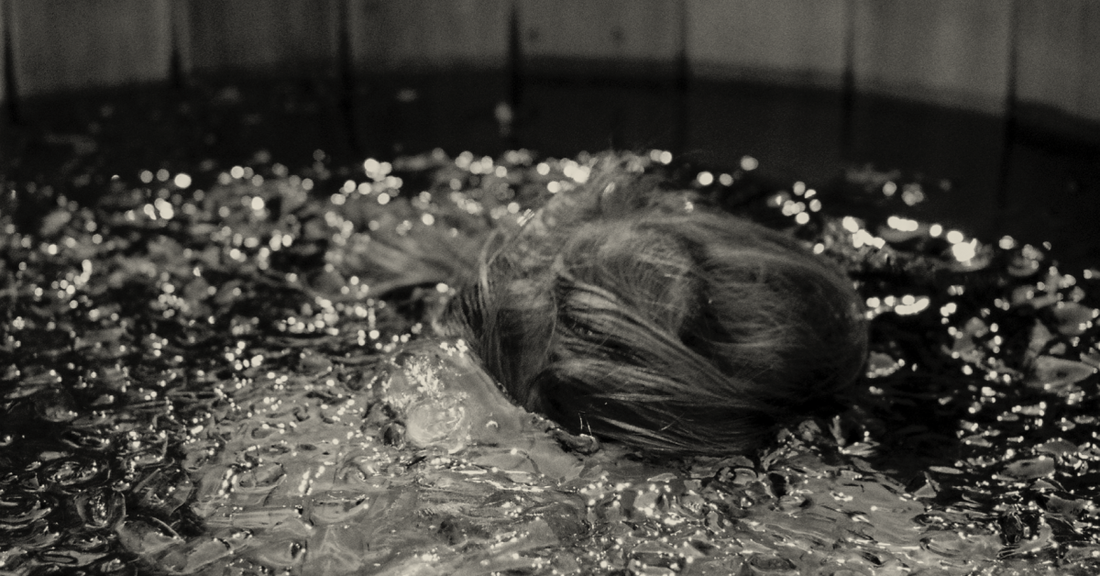You've probably seen people diving into cold oceans, or submerging themselves into tubs of ice water all in the name of cold plunging—the borderline-insane act of immersing yourself in water and/or ice that’s somewhere south of 59°F … sometimes much colder. And if you have seen or heard of these people participating in cold plunging, you might have asked the obvious question: Why the hell would anyone do that?
For athletes, the answer is that cold plunging can help relieve pain, sore muscles and injury-induced swelling. But that’s just a small sampling of cold plunging’s purported health benefits, some of which are anecdotal and some of which are backed by science. Many cold plungers also experience a sense of euphoria and heightened energy, sort of like a runner’s high for people who would rather sit still.
How to Start Cold Plunging
There’s no shortage of high-end cold plunging equipment out there, but you don’t have to invest in any fancy gadgetry to experience this chilling thrill. In fact, to get started, you needn’t look any further than your own bathroom.
A word of caution before we begin: First-timers should stay in the water for no longer than a few minutes, and more experienced plungers should set a limit of 10 to 15 minutes. Discuss this with your doctor before attempting it, know the risks and follow the appropriate safety protocols. Some advice on how to warm up safely after a cold plunge can be found here.
Now, here is a roundup of cold-plunging methods, starting with the least expensive.
Cold Showers
This is a simple, affordable way to ease yourself into the world of cold-water immersion. It’s also an essential first step toward your eventual rendezvous with an icy lake or a cold-plunge tank, should you so choose.
You’ll probably find that the first few moments in a cold shower are the hardest, after which the body acclimates quickly. The trick is to keep dialing the temperature down to a point where the discomfort doesn’t dissipate. According to Dr. Andrew Huberman, when you’re exposing yourself to the cold to boost health, the correct temperature is whenever you find yourself thinking, “This is cold. I want to get out, but I can safely stay in.” That’s where the benefits are. (You might be able to get a lot of the same benefits by standing outside in your skivvies in the winter, but if you do that, don’t be too surprised when your neighbors build an eight-foot fence around their house.)
Ice Baths
That’s right, chief: With your post-bath towel and clothing ready to go, fill your tub about half of the way with cold water, pour in one-to-three bags of ice to reach a temperature of 50°F-59°F and ease in slowly to avoid shock.
Oh, did we forget to mention that you should be clothed during your ice bath? Some aficionados recommend wearing shorts and a T-shirt or long-sleeved sweatshirt to regulate body temperature. Others have suggested protecting the toes with rubberized dive booties and wearing rubber briefs to warm the midsection.
Lakes and Oceans
Here’s MUD\WTR’s VP of brand, Dersu Rhodes, walking you through his preparatory ritual for a plunge into 33°F waters.
If this is going to be a short visit—and, again, beginners are advised not to stay in for more than a few minutes—wear a swimsuit. If you’re planning on staying in longer, you might need a wetsuit. This blog also recommends wearing rubber gloves and socks, as well as a swim cap.
Cold Plunge Centers
If you’d like to try out a cold-plunging tank without making a serious financial commitment, you might want to book some time in a wellness destination like Breathe Degrees in La Costa, California. Many such centers have knowledgeable personnel who can guide you through the experience and make sure you’re keeping things safe.
DIY Tanks
If you’re ready to take your cold-plunging game to the next level, but you’d like to keep expenses relatively low, you can make your own tub using a chest freezer, trash can or plastic stock tank. Ideas and instructions for this can be found here and here. Whichever method you choose, follow the guidelines for sanitation and safety, and save yourself some hassle by watching the video below.
Purchased Tanks
For the deluxe cold-plunge experience, professionally made tanks like Polar Monkeys Steel Tank Cold Plunge and Ice Barrel come equipped with everything you’re going to need. In our experience, the best cold tank on the market is The Cold Plunge. There’s one at MUD\WTR’s headquarters that the team has been known to dip into during the workday, even using it during creative meetings.
Stay tuned for more cold-plunging 411 on Trends w/ Benefits in the months to follow. In the meantime, stay frosty, friends.
Damon Orion is a writer, musician, artist and teacher based in Santa Cruz, CA. Read more of his work at damonorion.com.
Header image by Andrew Ly via Unsplash.
Read more: 5 Reasons to Go Outside
Read more: The Science of Gratitude
Read more: What Is ASMR and Why Is It so Popular?




